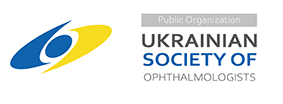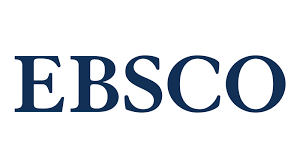The Pterygium Excision with Conjunctival Autograft without Suture and Glue in Rural India
DOI:
https://doi.org/10.31288/oftalmolzh202513033Keywords:
pterygium excision, sutureless technique, glueless technique, conjunctivalautograftAbstract
Purpose: To determine the rate of complications and surgical outcome of using the sutureless, glueless technique for conjunctival autograft placement in cases of primary pterygium.
Material and Methods: A prospective interventional study was conducted in 40 eyes of 40 patients with primary nasal pterygium with grades 2-4 who presented to the ophthalmology Outpatient Department at Chikkballapur Institute of Medical Sciences at Chikkaballapur were enrolled for the study. The patients who needed surgical excision were considered for the study after obtaining informed consent as per the declaration of Helsinki. Visual Acuity was recorded using Snellen's chart. Demographic data, clinical presentations, management, and complications were noted. Data were analysed using Excel Data Analysis Tool and Jamovi 2.3.20 statistical analysis tool.
Results: A total of 40 patients were included in the study. The mean age group was 48.1 years (the minimum being 28 and the maximum being 70, and pterygium generally prevailed in the age group between 30 and 60 years. Gender selection was not conducted in this study. However, random enrollment indicated that the F:M ratio was 4:1. The recurrence rate was very low, 5% in cases using the glueless, sutureless technique, and the other complications were comparable with other techniques: graft displacement 7.5%, graft missing on the first post operative day in 2.5%, graft wrinkling and shrinkage in 10%, postoperative foreign body sensation and pain in 30%, and photophobia in 15%.
Conclusion: This technique proved that the recurrence rate was very low, which is the main aim of pterygium excision. The BCVA was significantly improved after the operation.
References
Sihota R, Tondon R, editors. Parson's Diseases of Eye. 19th ed. India: Butterworth-Heinemann; 2003. Diseases of conjunctiva; p. 193.p. 4.
Duke-Elder SS. System of Ophthalmology. Vol. VIII. London: Henry Kimpton; 1965. 574 p.
Detels R, Dhir SP. Pterygium: a geographical study. Archives of Ophthalmology. 1967;78(4):485-91 https://doi.org/10.1001/archopht.1967.00980030487014
Clearfield E, Muthappan V, Wang X, Kuo IC. Conjunctival autograft for pterygium. Cochrane Database of Systematic Reviews. 2016 Feb 11;2(2):CD011349. https://doi.org/10.1002/14651858.CD011349.pub2
Bhatia J, Varghese M, Narayanadas B, Bhatia A. Cut-and-place technique of pterygium excision with autograft without using sutures or glue: Our experience. Oman journal of ophthalmology. 2017;10(2):81-6. https://doi.org/10.4103/ojo.OJO_208_2015
Bhaskar G, Ambastha A, Sinha BP, Ali MS, Kumar P, Sinha R. Pterygium Surgery with Conjunctival Autograft (CAG)-No Glue, No Stitch Technique. Journal of Indira Gandhi Institute Of Medical Science. 2019;5(2):155-7. https://doi.org/10.18231/j.ijooo.2019.023
Sharma V, Tinna A, Singh A, Singh AK, Ambiya V. Sutureless and glue-free limbal-conjunctival autograft in primary and recurrent pterygium: A pilot study. Indian Journal of Ophthalmol. 2022;70(3):783-7. https://doi.org/10.4103/ijo.IJO_1895_21
Koranyi G, Seregard S, Kopp ED. Cut and paste: a no suture, small incision approach to pterygium surgery. British journal of ophthalmology. 2004;88(7):911-4. https://doi.org/10.1136/bjo.2003.032854
Ti SE, Chee SP, Dear KB, Tan DT. Analysis of variation in success rates in conjunctival autografting for primary and recurrent pterygium. British journal of ophthalmology. 2000;84(4):385-9. https://doi.org/10.1136/bjo.84.4.385
Suzuki T, Sano Y, Kinoshita S. Conjunctival inflammation induces Langerhans cell migration into the cornea. Current eye research. 2000 ;21(1):550-3. https://doi.org/10.1076/0271-3683(200007)2111-ZFT550
Downloads
Published
How to Cite
Issue
Section
License
Copyright (c) 2025 Ramya M., Mahesh J.B., Varun Raju

This work is licensed under a Creative Commons Attribution 4.0 International License.
This work is licensed under a Creative Commons Attribution 4.0 International (CC BY 4.0) that allows users to read, download, copy, distribute, print, search, or link to the full texts of the articles, or use them for any other lawful purpose, without asking prior permission from the publisher or the author as long as they cite the source.
COPYRIGHT NOTICE
Authors who publish in this journal agree to the following terms:
- Authors hold copyright immediately after publication of their works and retain publishing rights without any restrictions.
- The copyright commencement date complies the publication date of the issue, where the article is included in.
DEPOSIT POLICY
- Authors are permitted and encouraged to post their work online (e.g., in institutional repositories or on their website) during the editorial process, as it can lead to productive exchanges, as well as earlier and greater citation of published work.
- Authors are able to enter into separate, additional contractual arrangements for the non-exclusive distribution of the journal's published version of the work with an acknowledgement of its initial publication in this journal.
- Post-print (post-refereeing manuscript version) and publisher's PDF-version self-archiving is allowed.
- Archiving the pre-print (pre-refereeing manuscript version) not allowed.
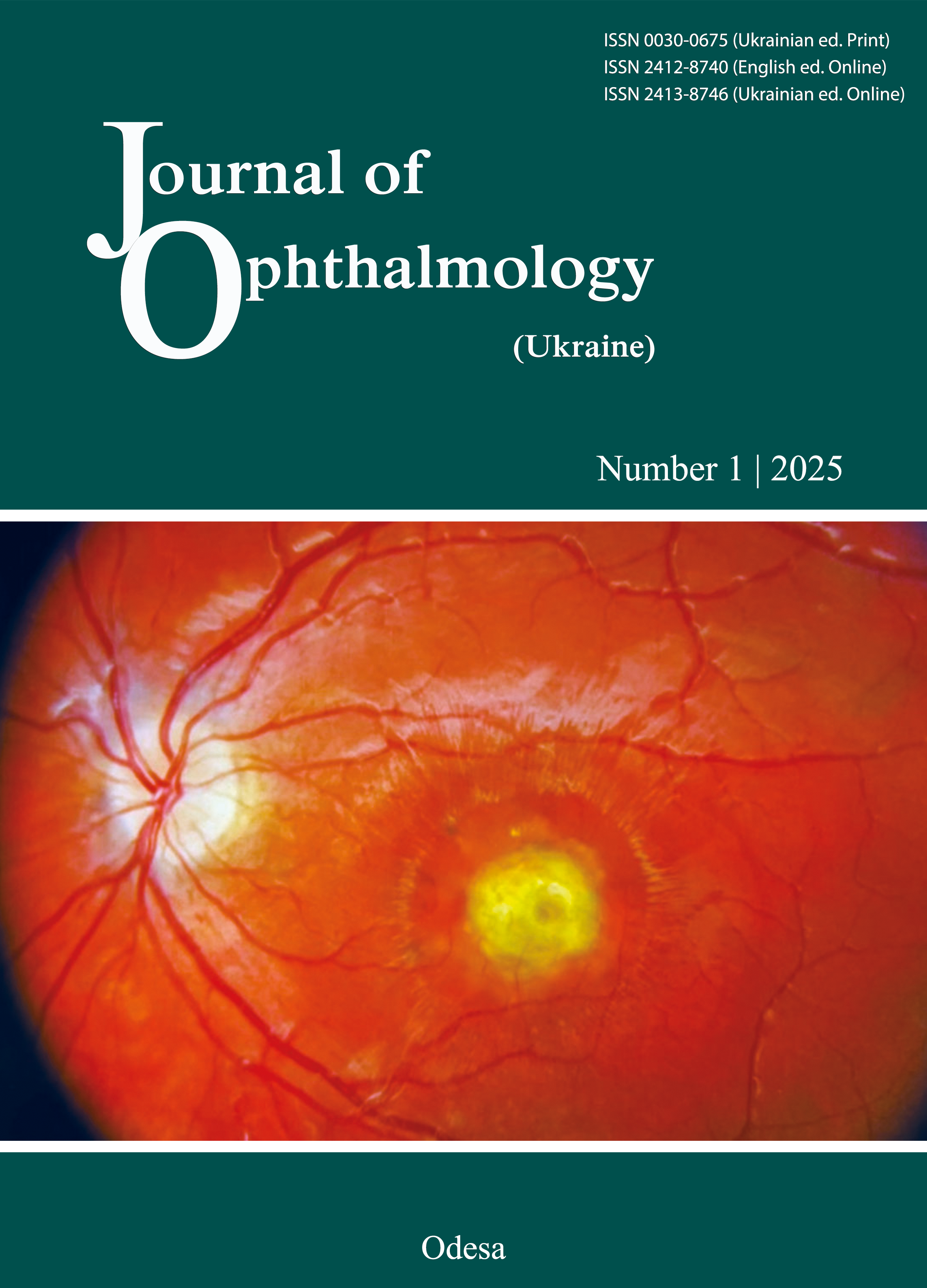
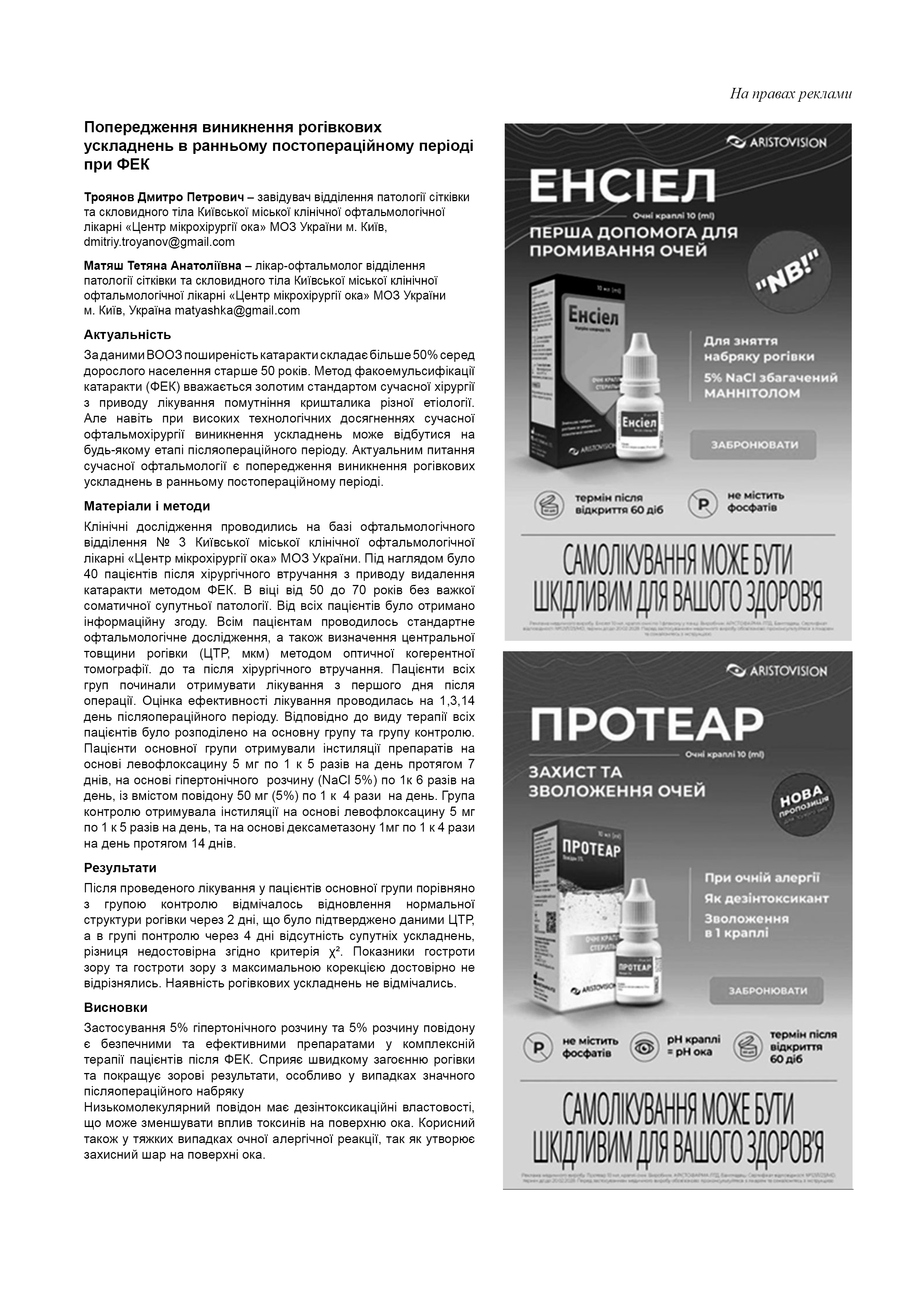
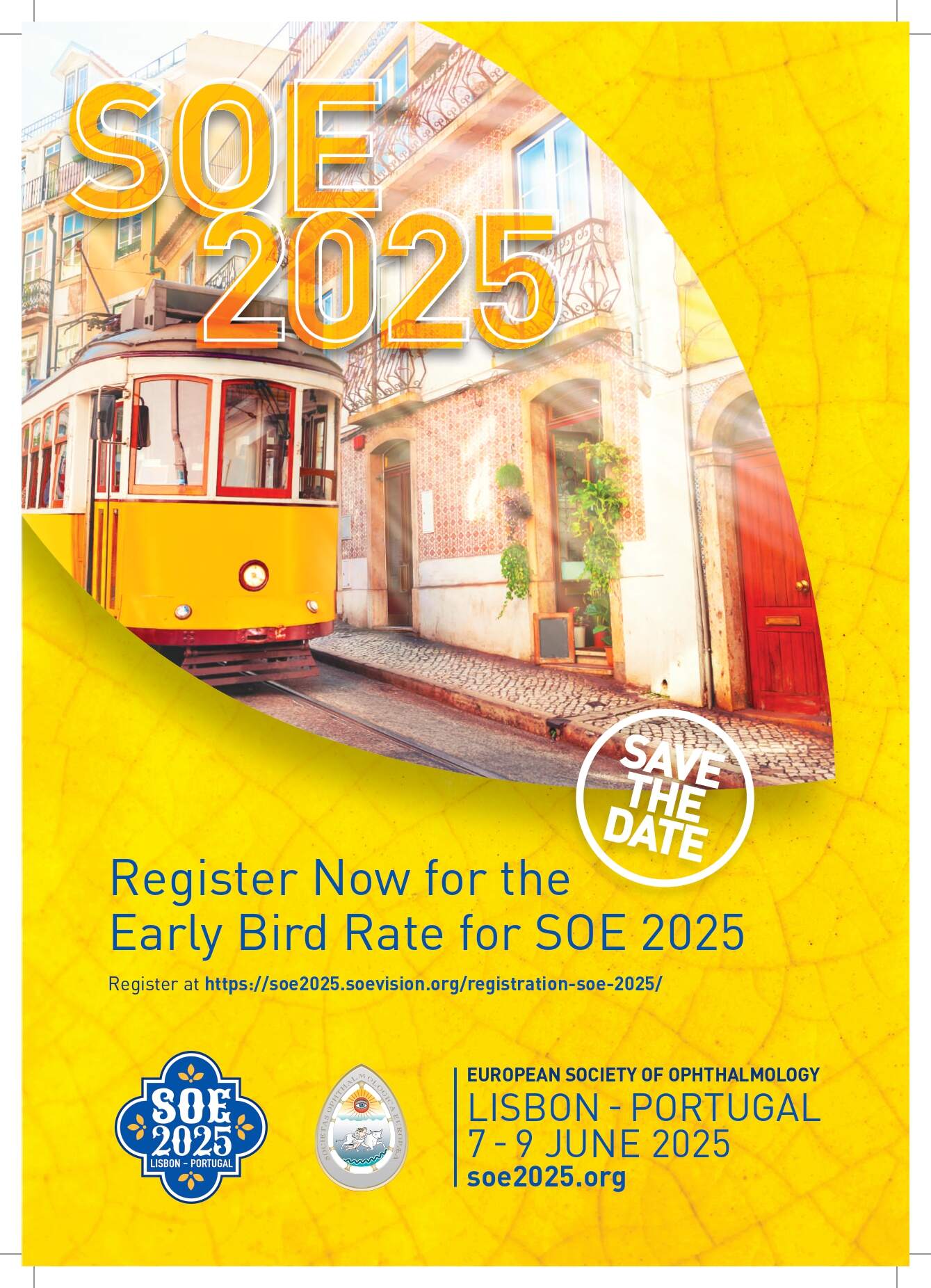
.png)


